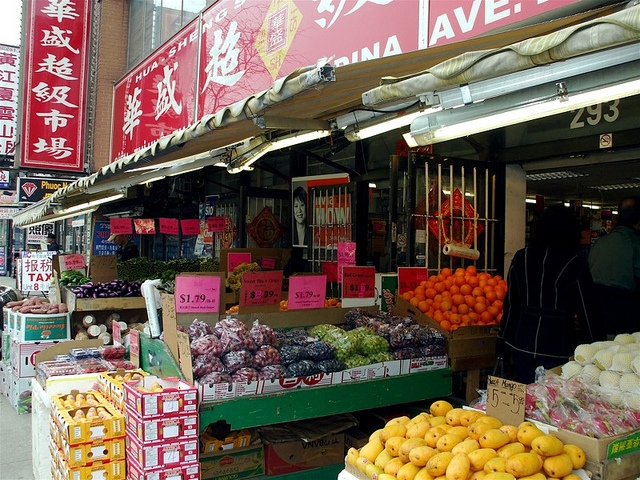
China policy moves may be pushed to March
Any expected easing could be posptponed till after the seasonal effects of Chinese New Year wear off.
In its new viewpoint report, OCBC argues further that the conflicting economic data coming out -- weak trade data on one hand and strong inflation on another -- is making it more difficult for policymakers to finalize easing measures.
Here's more from OCBC.
China’s trade activities shrank in January with exports and imports falling by 0.5% yoy and 15.3% yoy respectively, disappointing market expectations on the downside. As a result of the sharp decline in imports, the trade surplus widened to US$27.1bn from US$10.4bn in December 2011.
Seasonal effects played a key role in the weak trade activity due to the earlier Chinese New Year holiday season this year. After adjusting for the seasonal effect, both exports and imports fell by 3.3% and 2.9% respectively on month-on-month base.
Contrary to the downside surprise in China’s trade activity, China’s January consumer inflation surprised market on the upside.
The CPI rose 4.5% yoy beating market expectation of 4.1% yoy, up from 4.1% yoy in December. The CPI was mainly driven by rising food prices growing 10.5% yoy, up from 9.1% yoy in December. Non-food inflation grew about 1.8% yoy, at the lowest pace since Dec2010. The possible explanation for market (including us) to underestimate the January CPI is that food prices surged more than expected during the Chinese New Year holiday week (as no data available for this week).
As a result of the Chinese New Year seasonal effect, January growth data including industry output, retail sales and fixed investment will only be released together with February data next month. Therefore, there is no need for investors to overact to the trade data for now.
Nevertheless, the weaker-than-expected trade data, coupled with stronger than expected inflation data, posed a challenge to China’s policy makers. Weak trade data increases policy easing hopes, while a strong inflation figure calls for less policy easing.
The stronger than expected inflation figure could well explain China’s caution in its easing path recently with market disappointment that there was no reserve requirement ratio (RRR) cut during the Chinese New Year holiday. We think the inflation figure is likely to down play the probability of RRR cut this month, although the weak trade number today gives market hope of more easing.
The Chinese government may take a “wait and see” stance to wait for February data out in March, when seasonal effect starts to fade away, as a cue for further policy move. Overall, we still expect China to lower its RRR for 2-3 times this year as inflation is expected to fall in the coming months, but the timing is likely to be delayed to March.
























 Advertise
Advertise






